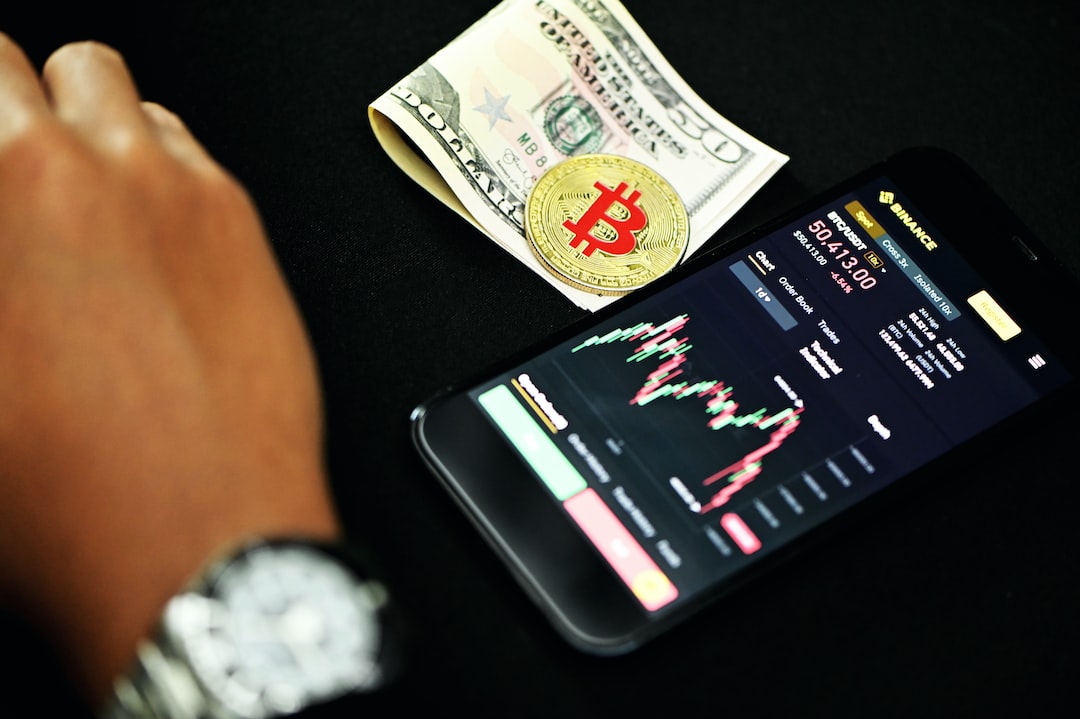In the world of forex trading, the terms longing and shorting are commonly used to describe the two main strategies that traders use to make profits. Longing refers to buying a currency with the expectation that it will appreciate in value, while shorting refers to selling a currency with the expectation that it will depreciate in value.
Longing in Forex
When a trader decides to go long on a currency, they are essentially buying that currency in the hopes that it will increase in value over time. The goal is to purchase the currency at a low price and then sell it later at a higher price, thus making a profit.
One of the primary reasons why traders go long on a currency is because they believe that the economic conditions in the country or region associated with that currency are favorable. For example, if a trader believes that the economy of the United States is strong and likely to continue growing, they may decide to go long on the US dollar.
To go long on a currency, a trader must first open a long position. This means that they are buying the currency at the current market price, and they will only sell it when the price has increased to a level where they can make a profit.
Shorting in Forex
Shorting, on the other hand, is the opposite of longing. When a trader decides to go short on a currency, they are essentially selling that currency in the hopes that it will decrease in value over time. The goal is to sell the currency at a high price and then buy it back later at a lower price, thus making a profit.
Traders who go short on a currency are often looking for a quick profit. They may believe that the economic conditions in the country or region associated with that currency are unfavorable, and they expect the value of the currency to decline in the near future.
To go short on a currency, a trader must first open a short position. This means that they are selling the currency at the current market price, and they will only buy it back when the price has decreased to a level where they can make a profit.
Long vs. Short: Which is Better?
Deciding whether to go long or short on a currency depends on a variety of factors, including market conditions, economic indicators, and personal preferences.
Traders who prefer to take a more conservative approach may choose to go long on a currency, as this strategy typically involves less risk. However, going long often requires a longer-term investment horizon, as it may take some time for the currency to appreciate in value.
Traders who are comfortable taking on more risk may choose to go short on a currency, as this strategy can yield quick profits if executed correctly. However, going short requires a keen understanding of market trends and a willingness to act quickly to capitalize on opportunities.
Ultimately, successful forex traders must be able to balance risk and reward, and they must be able to adapt their strategies as market conditions change.
Conclusion
Longing and shorting are two of the most common strategies used by forex traders to make profits. Longing involves buying a currency with the expectation that it will appreciate in value, while shorting involves selling a currency with the expectation that it will depreciate in value.
To be successful in forex trading, traders must be able to analyze market trends, economic indicators, and other factors that can impact currency values. They must also be able to balance risk and reward, and they must be willing to adapt their strategies as market conditions change.
By understanding the concepts of longing and shorting, traders can develop effective strategies that can help them achieve their financial goals in the exciting and dynamic world of forex trading.





